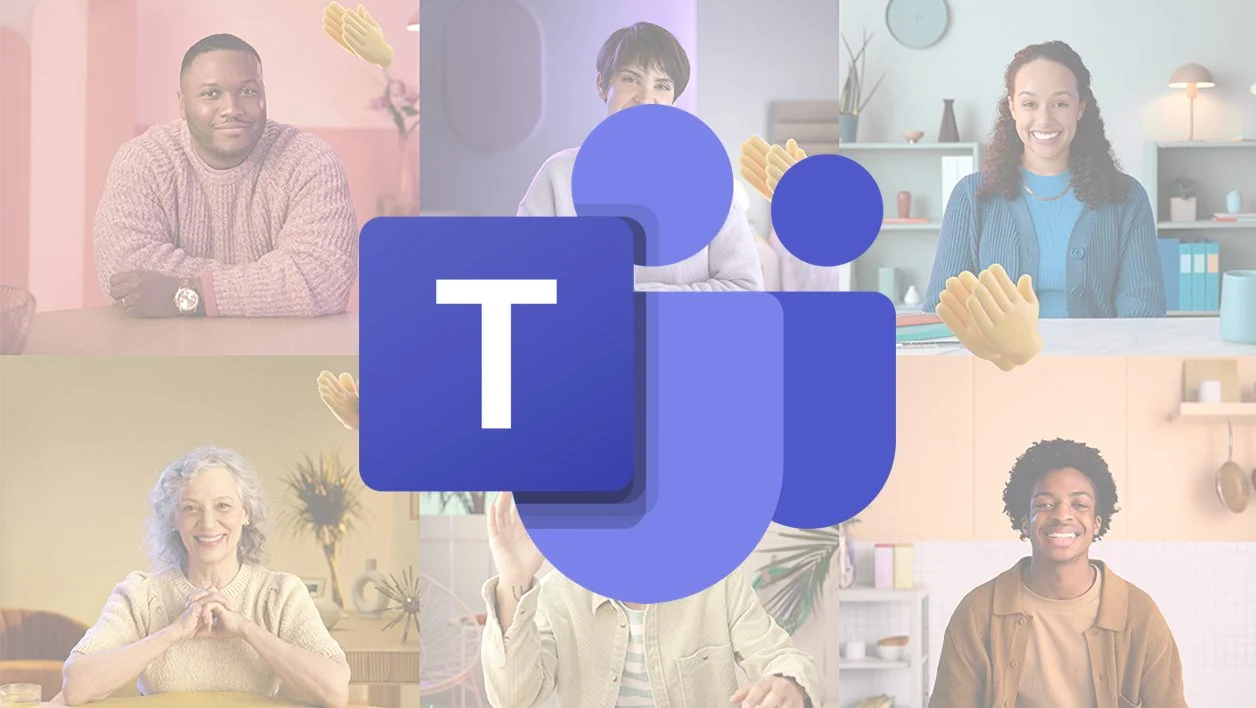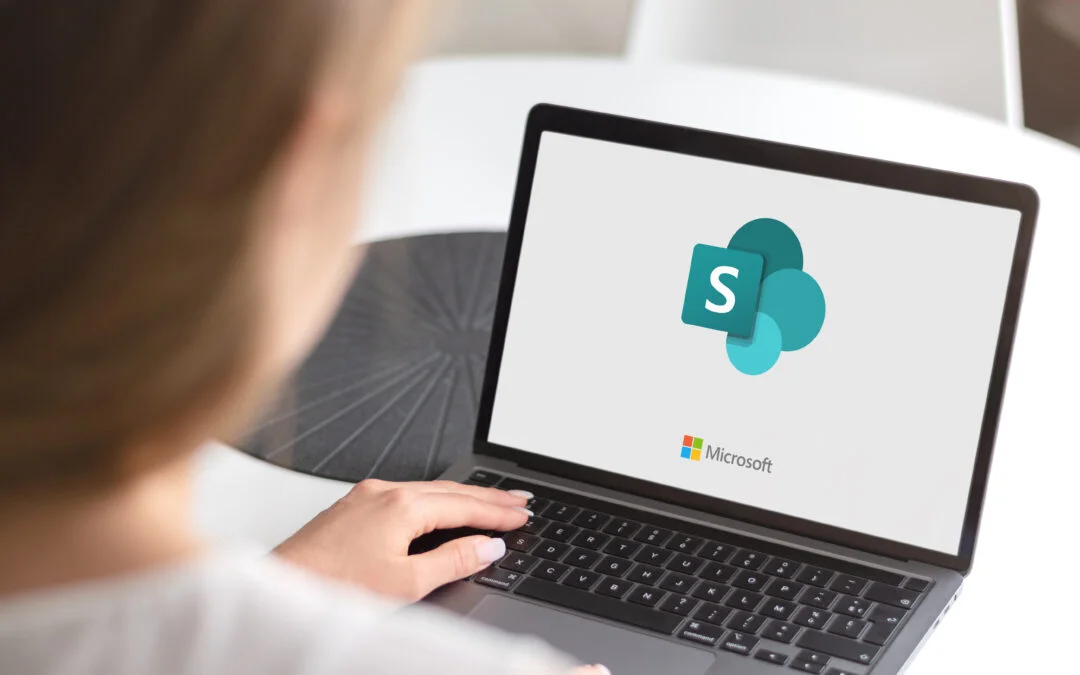Discover how guest access works in Microsoft 365 and best practices for security.
Guest access in Microsoft is an essential feature for collaborating efficiently with external users in a Microsoft365 digital workspace. Whether you need to work with clients, partners, or contractors, knowing how to handle external sharing is a must.
Not yet comfortable with managing guest access in Microsoft365? In this article, Mozzaik explains the key features, functionality, and precautions to take when inviting guest users into your Microsoft365 ecosystem.
Guest Access in Microsoft: What You Need to Know
Guest access is a prominent feature in any Microsoft365 intranet, such as your Mozzaik365 Digital Workplace. But do you really know what external sharing is and how it works? Here’s an overview.
What is Microsoft Guest Access?
The Microsoft "guest access" feature enables sharing resources and collaborative tools with external users securely. With this option, you can invite one or more external people to join a channel, team, or site to work collaboratively. You can also share individual files with people outside your organization.
How Does Microsoft Guest Access Work?
The guest access feature can be activated through Outlook, allowing you to add external collaborators to a Microsoft365 Group. External users can then access group resources, like Teams conversations and SharePoint files. It is also possible to invite external collaborators directly from Teams, as well as share documents or files from OneDrive or SharePoint.
To invite someone external to join a Microsoft365 Group, you need their professional, personal, or school email address. You must send the invitation from Outlook on the web or Outlook for Windows.
Only the group owner or a member with approval from the owner can add an external guest to the group. Once approved, the guest receives a welcome email with an introduction and links to the group resources.
Setting the Level of Access for Guests
The guest access feature is enabled by default. However, a Microsoft365 administrator can disable this function, preventing group owners and members from adding external users to Microsoft365 Groups.
Administrators can also block guest access to specific groups or restrict access for users with an email associated with certain domains, like those of competitors.
Is the Number of Microsoft Guests Limited?
In theory, the number of guest users is limited to five guests without a Microsoft license for every one licensed user.
Microsoft Tools Offering Guest Access
Guest access is available not only through Outlook for Microsoft365 Groups but also through Teams, SharePoint, and OneDrive. Here’s what to know about adding external users in these applications:
Guest Access in Microsoft Teams
Microsoft Teams is an internal collaboration platform designed for hybrid work. It allows employees to form working groups (Teams) where they can interact, share files and apps, and co-edit documents.
If permitted by administrators, a Teams owner can invite an external contact to join their team. To do this, go to the “more options” (“…”) section of the team, click on “add member,” and enter the email address of the person you want to invite.
After completing this process, the guest receives a welcome email with an invitation they must accept to access the Team and its channels. Once added, a guest user can join conversations, participate in group calls, share files, and collaborate on shared documents.

Guest Access in Microsoft SharePoint
Microsoft SharePoint is a collaborative solution within the Microsoft365 suite. This software allows organizations to easily create websites, intranets, lists, and document libraries. Site owners and members can share these resources with guests if this feature is enabled by the administrator.
To share a specific folder or file with an external user, site members or owners should go to the file, click “share,” enter the guest’s email, select the level of permission (view or edit), add an optional message, and click “send.”
To share an entire SharePoint site with guests, members or owners should navigate to “settings,” then “site permissions,” and click “share site.” They should then enter the name of the person they wish to share with, choose the permission level (read-only, edit, full control), add an optional message, and click “add.”

Guest Access in Microsoft OneDrive
OneDrive is a Microsoft365 application that centralizes and stores files in a single location, accessible from the internet and easily shareable with others. If external access is permitted by the administrator, employees can use OneDrive to share files or folders with external users.
To share a OneDrive file or folder with an external contact, the employee should log into OneDrive, select the file or folder to share, click “share,” choose who can access the resources (“anyone,” “specific people,” etc.), configure access settings (edit, expiration date, download options), enter the external contact’s name or email, add an optional message, and click “send.”
Best Practices for Security
The Microsoft guest access feature allows you to securely share files, tools, and workspaces with external users. However, to ensure the protection of confidential data, it’s recommended to follow these best practices:
Monitor Guest Users
The first best practice to safeguard sensitive data is to regularly monitor guest usage reports. This tracking will help you spot any anomalies, manage permissions, and revoke them if necessary.
Define an Access Policy for Your Organization
The second best practice for securing your company’s data and digital workspaces is to define an access policy at the organizational level. Administrators should carefully configure the “external sharing” and “guest access” features in Microsoft365 to ensure that established rules are followed.
Protect Sensitive Company Data
Finally, consider implementing additional security and compliance features to protect your organization’s sensitive data. A key part of this process is classifying confidential data to apply a higher level of protection, such as document encryption or restricting access from unmanaged devices.
Microsoft Guest Access Limitations
Guest users in your Microsoft365 environment don’t have the same features as licensed users. For example, in a Microsoft365 Group, external users cannot add or remove group members, delete the group, mention colleagues, manage meetings, or view or modify the calendar.
Similarly, in a Teams group, guests cannot search files, share conversation files, create meetings, access schedules, view the organization chart, or invite new members. In general, the actions that guests can perform on documents, files, sites, and workgroups depend on the level of permissions you assign them.
Managing Microsoft365 Guest Access: Conclusion
Microsoft’s guest access feature is invaluable for smoothly collaborating with partners, contractors, and clients. This option is available in Microsoft365 Groups, Teams, SharePoint, and OneDrive, allowing you to share workspaces and resources with external users while ensuring data security and enhancing the employee experience.
To protect your confidential information, it’s essential to manage “guest access” responsibly. Define an access policy tailored to your organization and carefully configure external sharing and guest access settings.






